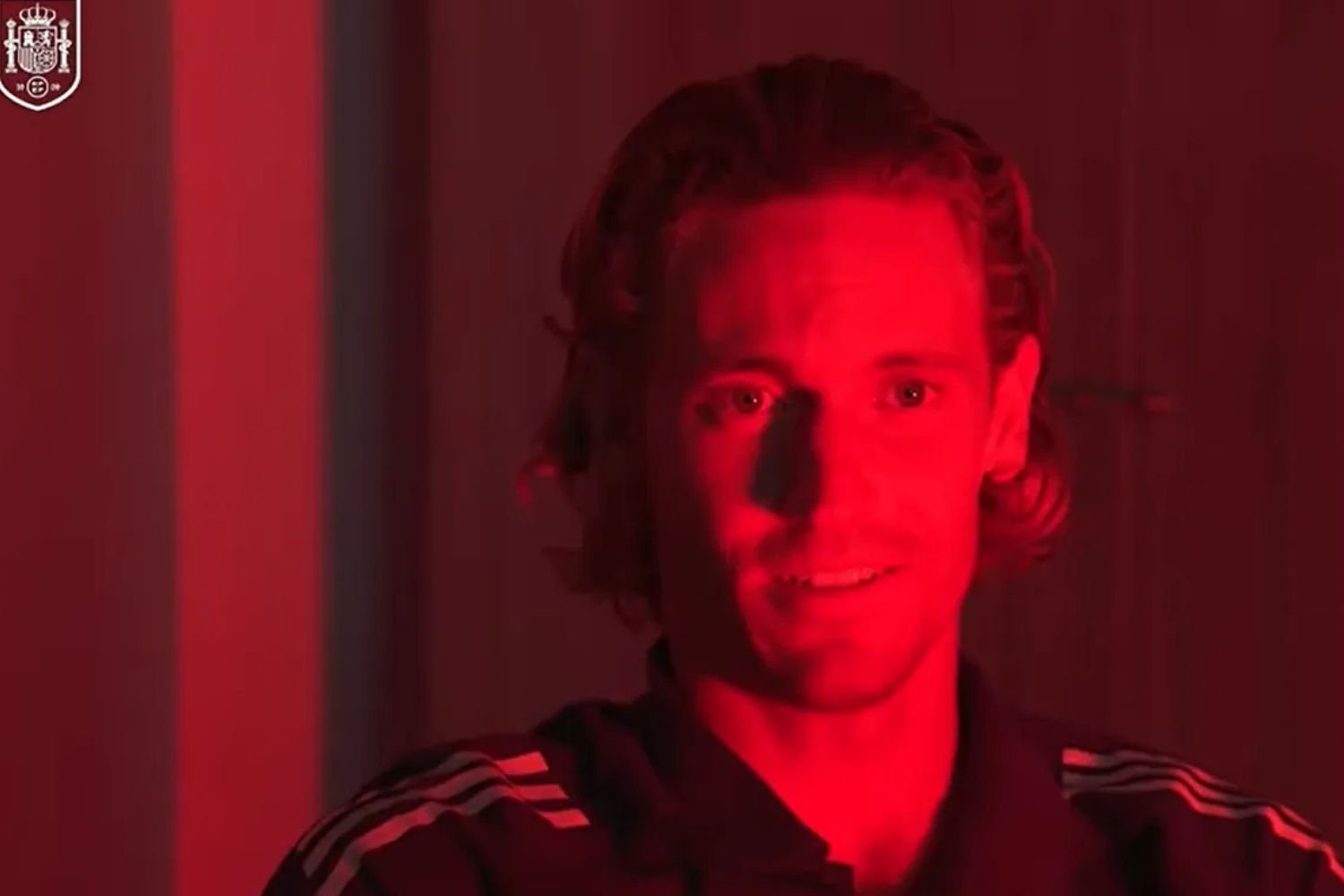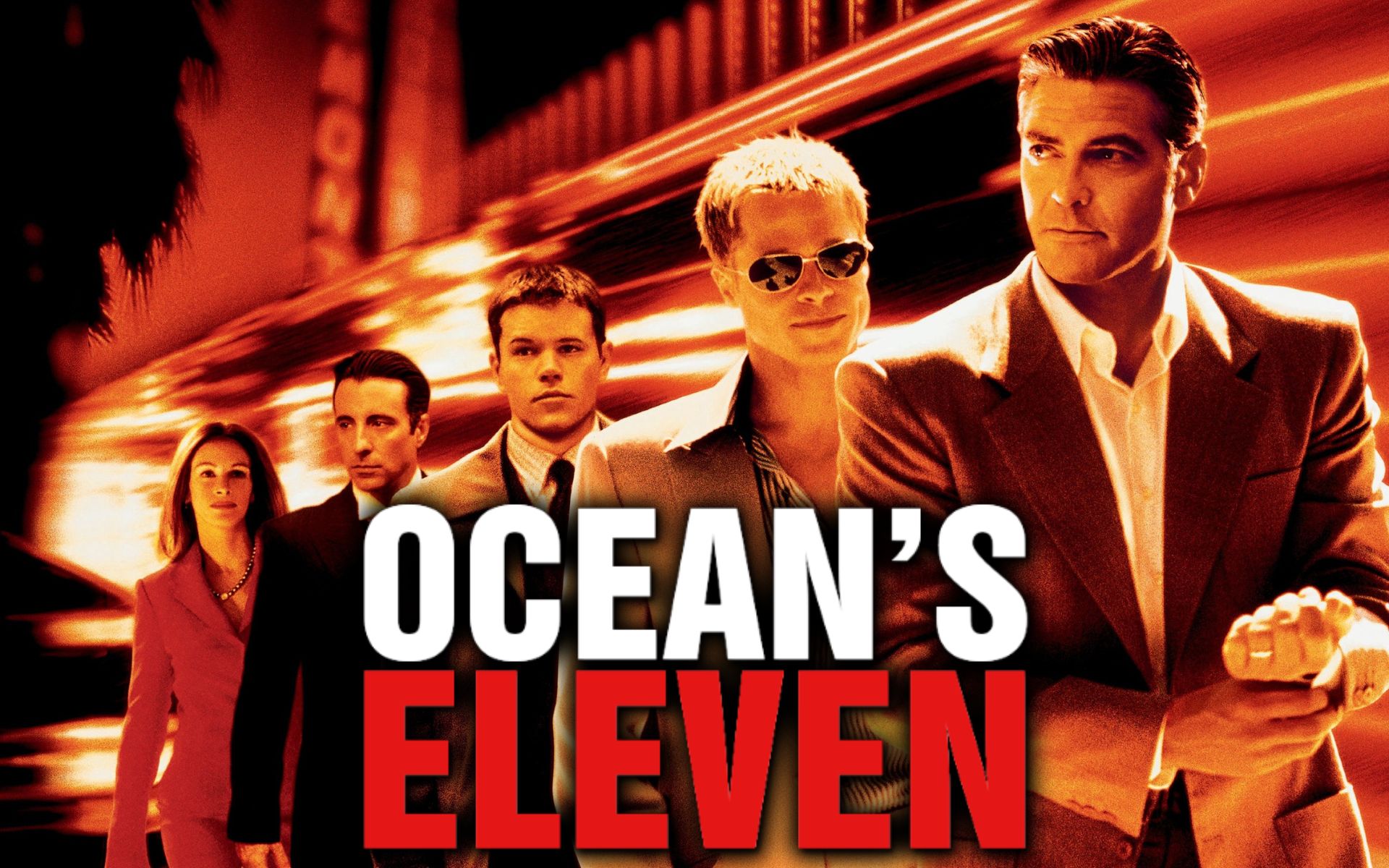Phobias are usually a common element of the horror genre. Element (It) took Andres Muschietti coulrophobia from the original novel and turned him into a symbol of evil. But even more so in a creature so unpleasant, and sometimes repulsive, that it awakens horror in those who are not even afraid of clowns. This was the secret of the film’s success. Much more, which turned the disgust towards his central figure into something more visceral and even primitive. A similar phenomenon occurs with Parasites: Plaguedirected by debutant French director Sebastian Vanicek.
The film builds a plausible scenario of an attack by poisonous spiders. But instead of exaggerating them, making them cruel creatures or even humanizing them, he makes insects into forces of nature. The script, which the director himself wrote with Florent Bernard, depicts waves of arachnids attacking a residential area as a violent circumstance. In fact, it is the worst fear of being injured or infected in the form of thousands of creatures, of different sizes and all dangerous, which is carefully shown in the film.
Parasites: Plague
Sebastian Vanicek’s film uses the fear of spiders as the backdrop for a body horror film. But instead of just showing the insects attacking, he turns them into an unstoppable force of nature. The film maintains its inventiveness to show the spider’s attack until it tries to include social and cultural commentary, which ultimately falls short. This is a tiring moment.
Moreover, Alexander Zhamin’s photographs manage to extrapolate the idea of darkness and shadows as terrifying spaces through the simple existence of spiders. Here the digital effects are minimal and much of what is seen on screen is greenhouse insects combined with practical effects. This creates a believable atmosphere that becomes increasingly unbearable. Especially because the threat of these creatures – in every imaginable form, as well as in the most exaggerated ones – is believable.
Fear with Eight Legs on the Big Screen

From the very first minutes, a feature film offers all the information needed to contextualize its story. Namely: a species of spider, whose venom can kill in a matter of minutes, travels from a deserted point to a French pet store. The beginning may seem basic, except that the plot moves from one bloody scenario to another. The director plays with disgust at graphic scenes of beheadings, as well as extreme physical suffering. This allows the film to establish its tone and pace very quickly.
Far from other discussions about dangerous insects, Parasites: Plague, focuses on its visual and narrative ability to evoke disgust rather than shock. Which avoids comparisons with the innocent Arachnophobia Frank Marshall (with whom he could be compared) to get closer to Cloud author: Just Philippot. In the latter, the horror of the natural gluttony of animals and other creatures is transferred to the horror scene as an invisible presence. A type of possession maintained by living beings.

IN Parasites: PlagueVanicek takes this disgust and turns it into a storytelling device that borders on vomiting. This is a story that appeals to biological reactions, so there are a lot of close-ups of spiders crawling on bodies and faces. But what’s really interesting about the film is how it integrates this feature into a tense script that becomes unbearable at times. Especially when Caleb (Theo Cristina), a young thief who ends up losing control of the insect he bought, realizes his mistake. Soon, what begins as an act of goodwill—a character wanting to own a zoo of curious animals—turns into a larger event. Particularly in an invasion that cannot be calculated, stopped or avoided.
Disgust causing fear

The film contains some social and political commentary in the midst of a spider attack. The director and screenwriter manage to show the destruction of the building in which they live, while the characters who survived his attack flee. Even considering the idea of the entire plague as a form of government neglect. But the film fails to make that argument. The purpose of the second section is to save lives from bites and merciless poison. Because of which its most symbolic part disappears amid screams and violent deaths.
With great ideas that he basically brings to life, Vermeer: Plague, is an interesting and well-developed horror offering. However, it is more ambitious than what it has to offer, so its final section ends up repeating the obvious. You have to escape from spiders, but at the same time understand that their existence (and forced reproduction) is a human mistake. The poorly achieved morality is the film’s lowest point.
Source: Hiper Textual














